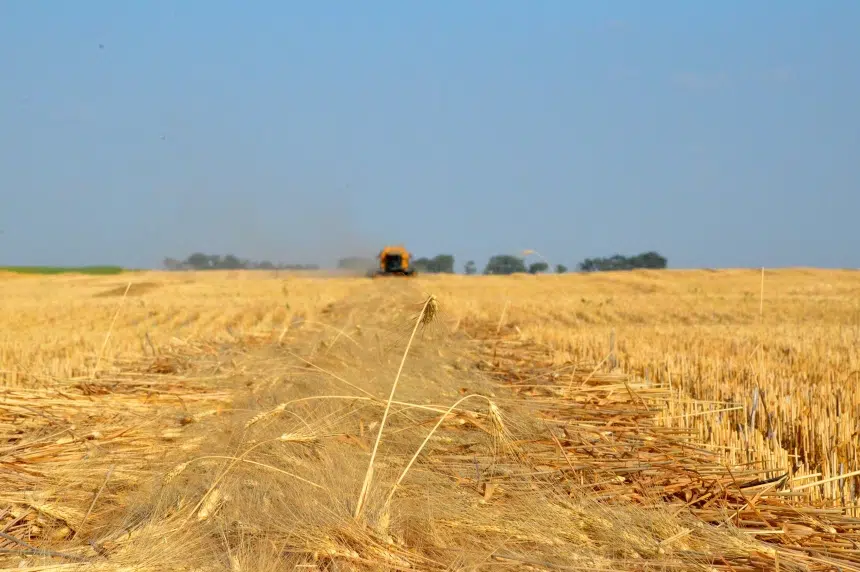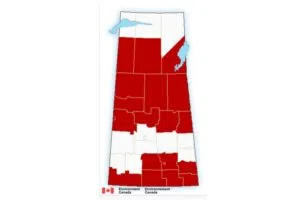Environment Canada was warning most of Saskatchewan about warm weather Thursday.
As of just after 4 a.m., heat warnings were in effect for large portions of both the northern and southern parts of the province.
Senior climatologist David Phillips acknowledged that the map showing weather warnings around the province looked a little strange Thursday morning – with bands of warnings in the north and south and central Saskatchewan left blank, despite daytime highs expected to top 30 C throughout the region.
Phillips explained the reason for the odd-looking map was more bureaucratic than scientific.
The weather service issues warnings at a slightly lower temperature threshold in the north, and Saskatoon and central Saskatchewan were just a few degrees shy of meeting the criteria used for the southern part of the province.
Maps aside, Phillips said it’s been a punishing summer for much of the province, with the south facing the driest July ever recorded.
“Since the first of April, we’ve never seen less precipitation. Even in the Dirty ’30s, you never had a year as dry as it is now. It’s truly almost a crisis situation for growers and ranchers in that part of the province,” Phillips said during an interview on the Brent Loucks Show.
Phillips noted areas around Regina, Swift Current and Moose Jaw were facing severe drought.
“Down around the Trans-Canada Highway, it’s like nature’s forgotten how to rain down there.”
Phillips said the north has fared better, with enough rain to prevent severe damage to crops and keep the forest fire situation manageable.
‘Outside too long:’ paramedics urge caution
With temperatures in Saskatoon expected to hit a high of 33 C Thursday, MD Ambulance advised people to take care if they plan on being outdoors.
Spokesperson Troy Davies said a number of heat-related calls have come in over the last few days and weeks, especially along the riverbank.
“You’re excited to be outside, you have winter for most of the year, so when we get this type of weather conditions people just stay outside too long,” Davies said.
Davies said taking frequent 15 to 20-minute breaks in the shade and drinking water can make a difference in avoiding heat-related ailments.
“If you get to the point where you feel nauseated or you feel like vomiting, you have to get out of this type of weather condition immediately and find shade and replenish yourself,” he said.
What people use to replenish is key – Davies said alcohol and caffeine have the opposite effect.
“Alcohol and caffeine do deplete your system awfully quick. We aren’t telling people they can’t have those items, but you just have to be careful in this kind of weather.”
Davies noted people may be in the danger zone for heat stroke if they start to get headaches, sweat profusely and then the sweating suddenly stops.
He urged parents to check-in with children often to replenish their electrolytes. Seniors are also more vulnerable to the extreme temperatures when out for longer periods of time








